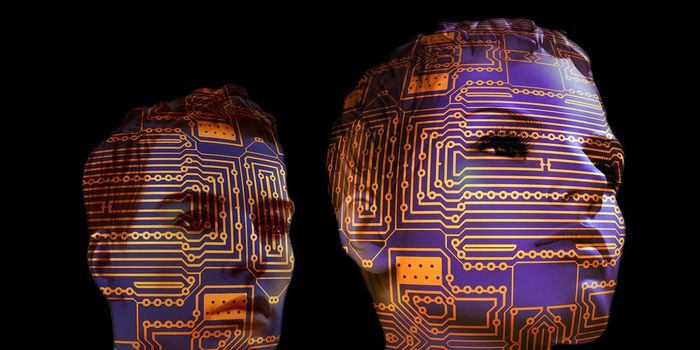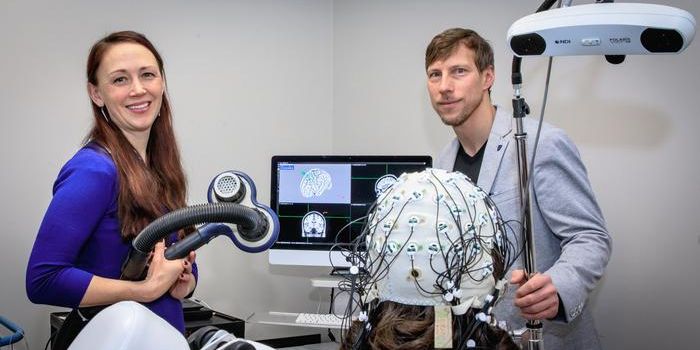Could Chronic Pain by Treated with a Simple Combination of Sound and Electrical Currents?
Chronic pain caused by illness or injury affects millions of people. Arthritis pain alone affects more than 50 million Americans each year. Despite how disruptive and debilitating chronic pain is for many, treatment options for chronic pain are still limited.
Cory Gloeckner, assistant professor at John Carroll University, says that “right now, one of the ways that we try to treat pain is opioids, and we all know that doesn't work out well for many people.”
Gloeckner, along with a group of researchers at the University of Minnesota Twin Cities, is investigating a method of treating chronic pain that includes stimulating the body with electric currents along with sound.
“This, on the other hand, is a non-invasive, simple application,” Gloeckner says, “It’s not some expensive medical device that you have to buy in order to treat your pain. It's something that we think would be available to pretty much anyone because of its low cost and simplicity.”
The researchers conducted initial experiments on guinea pigs. They played broadband sound while electrically stimulating different body parts of the animals. Through this combination, they observed that neurons in the brain’s somatosensory cortex were activated. This region of the brain is responsible for sensations of touch and pain in the body.
In this study, the skin was electrically stimulated using subcutaneous needle electrodes. The researchers hope that similar results could be achieved using affordable electrical stimulation devices such as transcutaneous electrical nerve stimulation (TENS) units. Since these are widely available at pharmacies, they could provide an accessible option for treating chronic pain. Auditory stimuli was provided using a speaker that was placed next to the guinea pig’s ear.
The researchers hope that their research findings will lead to treatments for chronic pain that are safer and more accessible than what is currently available.
Sources: Johns Hopkins Medicine, Journal of Neural Engineering








